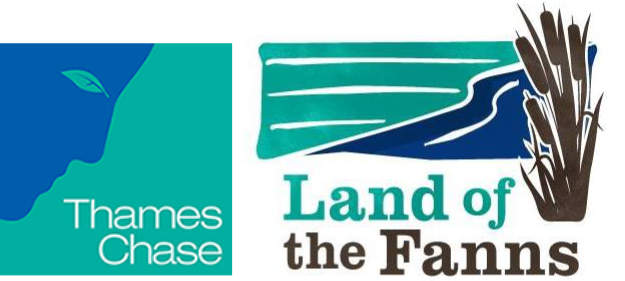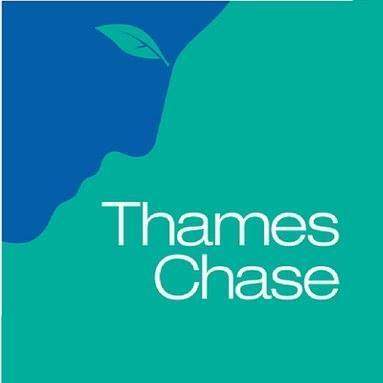About these landscapes
Both Belhus and Dagnam Parks were once private estates with well-kept gardens and beautiful grand houses. Today their landscapes have multiple uses—for example, as golf courses and public parks—but within them lie the clues to their past!
This page will help you discover these landscapes and uncover their histories – just like a landscape archaeologist.
KEY FACTS
Belhus
BELHUS: The name ‘Belhus’ was used by early residents, the Barretts Family, of a manor as early at the 1300s. Over the centuries, this family bought surrounding land, rebuilt the manor into a grand Tudor house (1520s) and designed a park with the help of the famous landscaper Lancelot ‘Capability’ Brown (1750-60s).
During World War 2, Belhus house was badly damaged and was eventually demolished by Essex County Council (1957), which has since turned part of the parkland into a golf course and leisure facility.
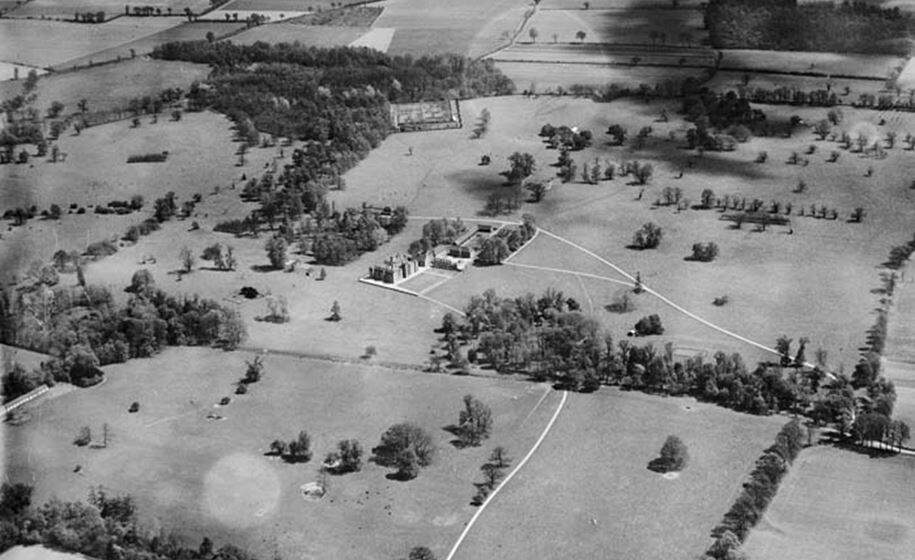
Aerial photograph 1929 of Belhus Estate © Historic England
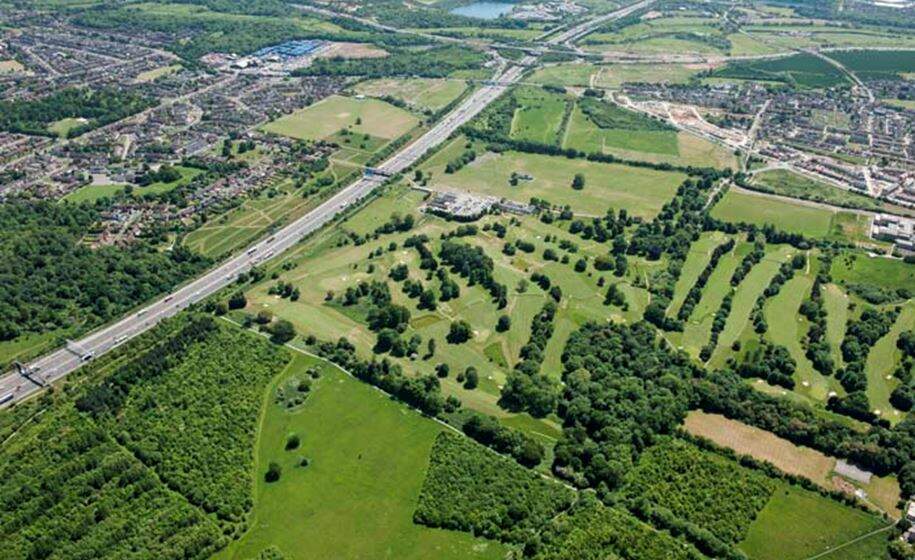
Aerial photograph early 2000s of Belhus Estate © Historic England
Dagnam
Richard Neave (a wealthy London tradesman of the West Indies) bought the Dagnam estate in 1772 and during his ownership he commissioned a new Georgian house to be built (two others house had already existed and pulled down!) In the following centuries, Neave’s descendants bought the surrounding land and the estate expanded to 1600 acres (over 1200 football fields.)
But in 1919, after the first world war, Sir Thomas Neave 5th Baronet auctioned the land and the Neave family only kept 550 acres, including the house.
During the Second World War the family moved out to another home for safety; Dagnam house sustained heavy damage and could not be repaired; It was demolished in 1950.
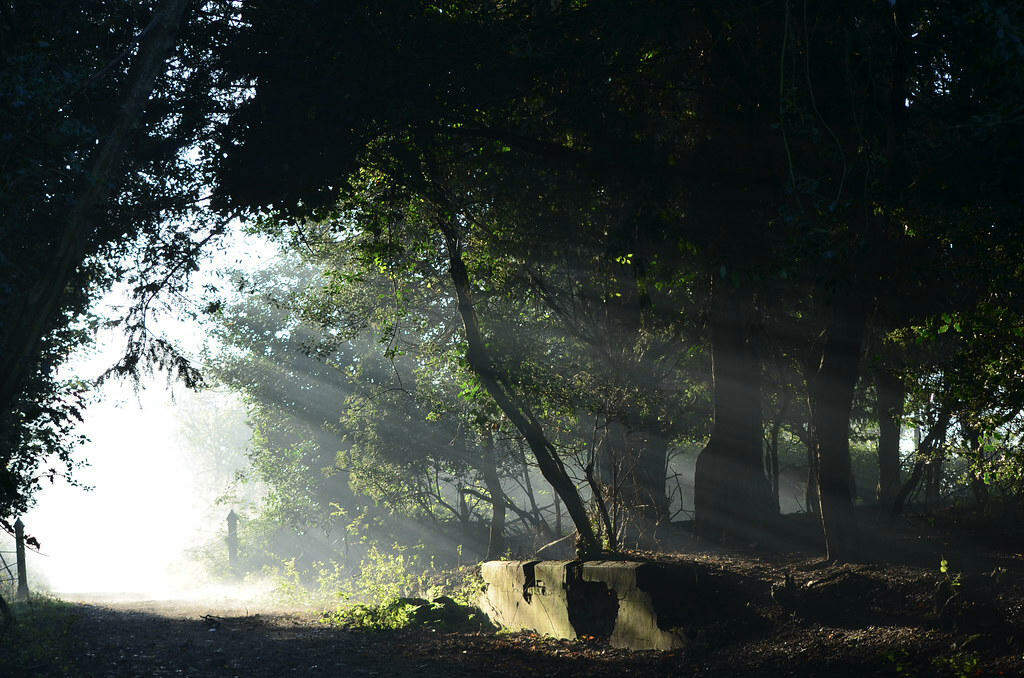
Photograph of Dagnam Park © Land of the Fanns
History and Geography activity:
How to think like a landscape archaeologist.
Landscape archaeologists study how landscapes have been changed by people over time. Take a look at these two images of Belhus Park from the air, what can you see?

Aerial photograph 1929 of Belhus Estate © Historic England

Aerial photograph early 2000s of Belhus Estate © Historic England
Thinking Challenge:
What has stayed the same and what has changed since 1929?
Referring back to the two images on the previous section.
How have humans changed the landscape at Belhus?
Hints: think about transport, housing, trees and woodland.
- Have houses been built?
- Have trees or woodland been moved?
- Has anything else happened to the landscape?
What has stayed the same and what has changed since 1929?
Hints:
- Why do you think the M25 motorway was built in 1987?
- Why was a golf course built in the 1960s?
- Why have the towns of Aveley and South Ockendon got bigger?
Thinking Challenge:
What has stayed the same and what has changed since 1929?
Now, thinking like a landscape archaeologist, look at this image of Dagnam Park? What can you see?
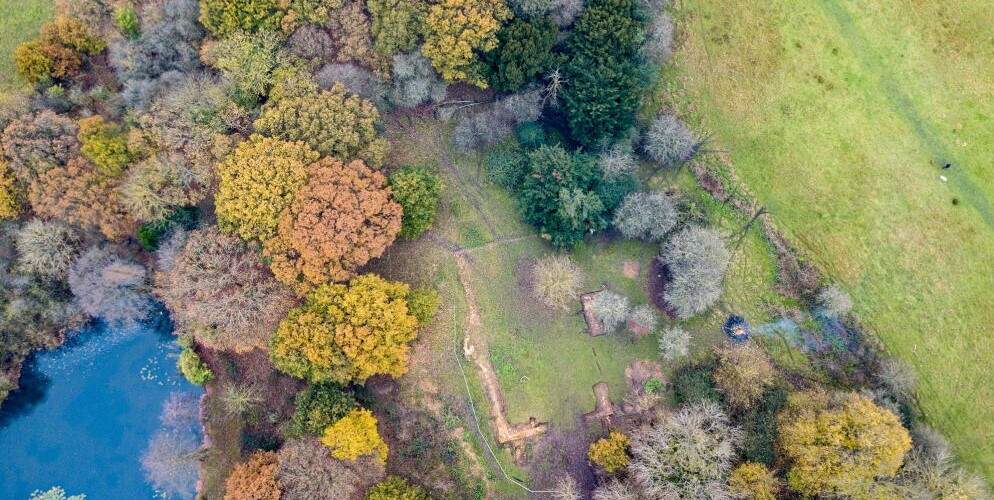
Aerial photograph of Georgian House Footprint at Dagnam © Tim Doman / Friends of Dagnam Park
Answer: the foundations of a building are visible. This house was demolished in the 1950s after World War 2.
Art History Activity:
The connection between the mansion and the landscape
Archaeologist also have old paintings of the parks’ houses and grounds. Have a look at these paintings of the Dagnam and Belhus houses and think about what the images can tell us about their connections to their landscapes.
HINT: The relationship between the house and the landscape was very important in 18th-century estate planning. Being able to look out of your windows at a beautiful scene (and land you owned) showed how wealthy and important you were. That’s why there are SO MANY windows – count them!
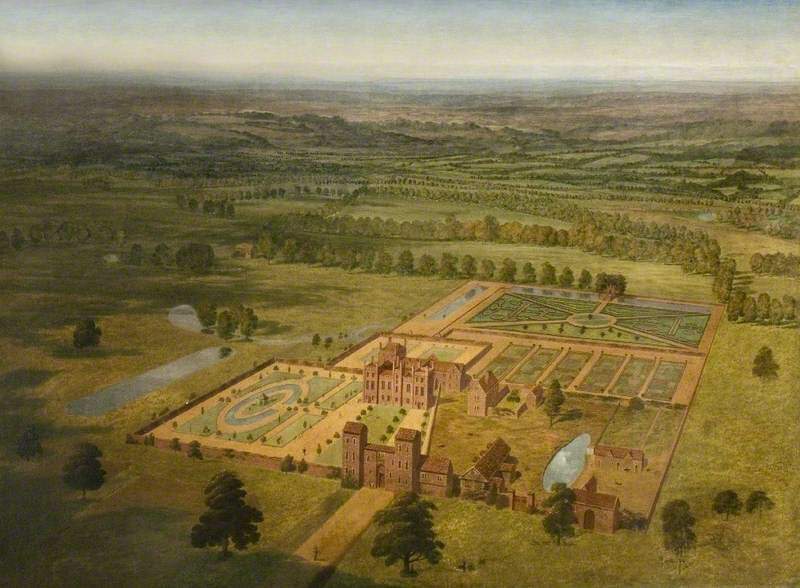
Outdoor gym at Hornchurch Country Park © A.K. Philpot
Where do you think this image would have been shown?
Answer: in the galleries to show to guests and then, later, turned into postcards!
Science:
Revealing hidden remains and forgotten landmarks
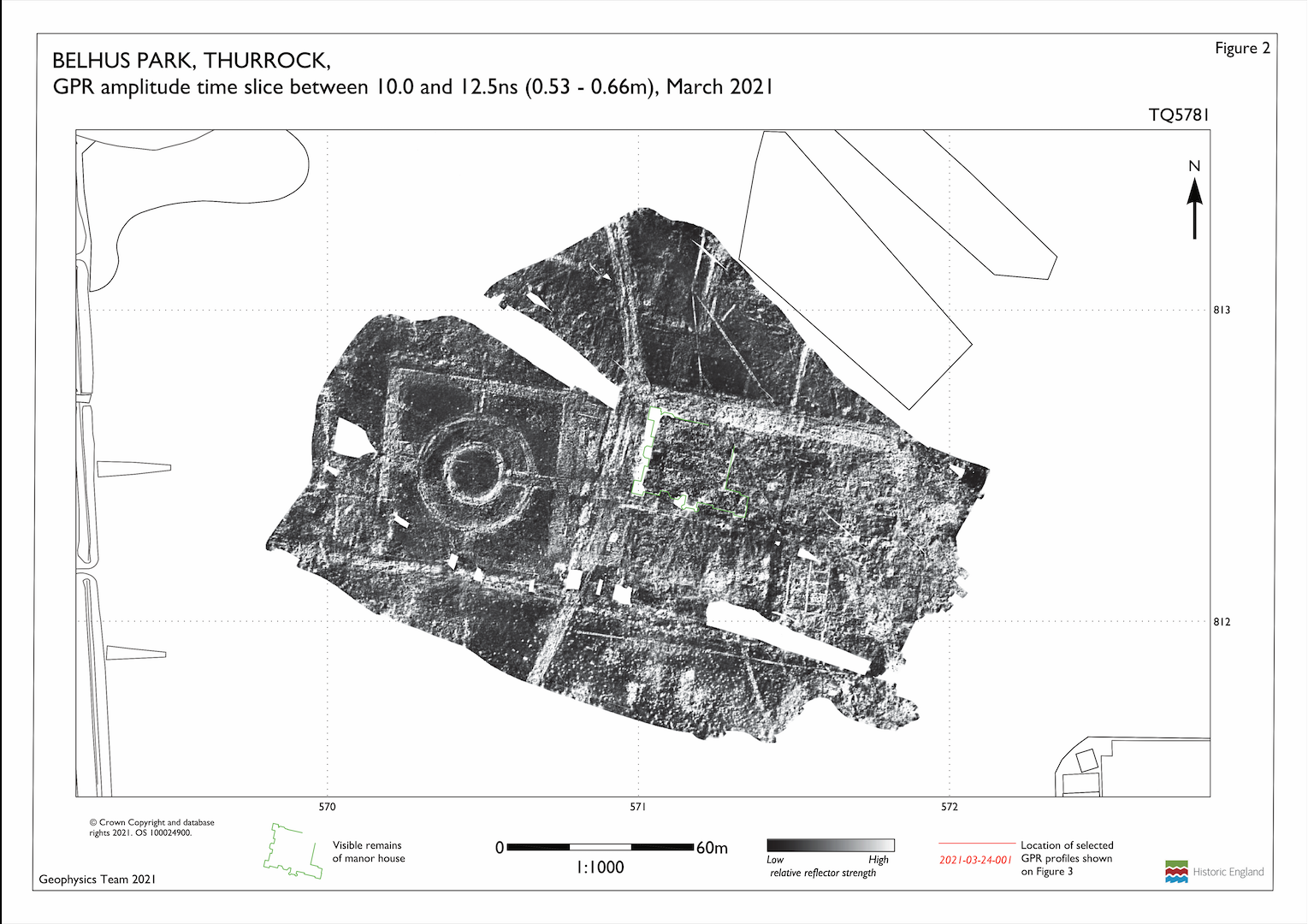
Geophysical Survey of Jacobean Gardens at Belhus Park © Historic England
The Tudor house at Belhus is now long demolished after it was heavily damaged in World War 2.
But there are some parts of the parkland where you can still discover remains of structures connected to the estate. In July 2021, archaeologists from Historic England and the Land of the Fanns Project worked together to discover the remains of the lost gardens. No digging was needed – they recorded what was underground using GEOPHYSICAL SURVEY.
Geophysics helps archaeologists create pictures of what lies underground.
There are also two other hidden structures to look out for at Belhus Park:
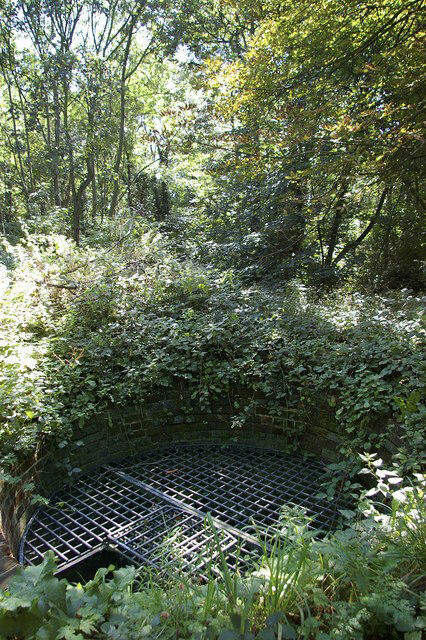
The Icehouse
Question:
How do you think they stored ice in the late 18th Century?
And where did they get the ice from?!
Answer:
They stored ice from the ‘Long Pond’ (built in 1770) at Belhus park when it froze in the winter. They ‘insulated’ the ice (keeping it as cold as possible) by wrapping it up in hay or straw and lowering it into the ice house which is built of brick. The ice house would have been a lot colder underground and acted just like a refrigerator.
The ‘Stench’ pipe
Question:
So what do you think this is?
Answer:
This is exactly what it sounds like—a pipe of stinky air! It was designed to look like a chimney, but its job was to redirect the stale airs and odours of the mansion house (from the kitchens and the bathrooms…) to a safe place outdoors. This will have been at a time when people believed in the idea of ‘Miasma’ – that bad smells caused disease!
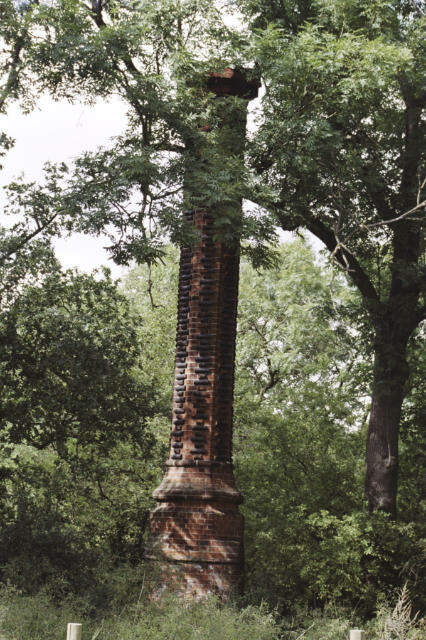
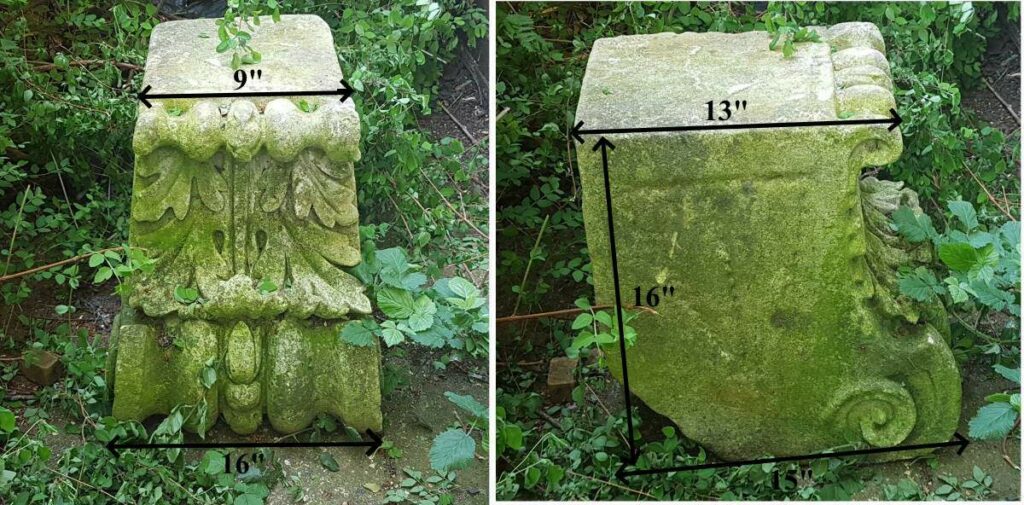
Corbel Stone found at Dagnam Park © Don Tait/ Friends of Dagnam Park
Question:
O what is this then? It was found at Dagnam Park in the lily pond near where the house used to be. Is it part of the old house?
Answer:
This is a CORBEL STONE – a corbel stone is used in buildings to support arches, balconies, or other walls.
Look at these examples of corbel stones in standing buildings. How do they compare with the one from Dagnam Park?
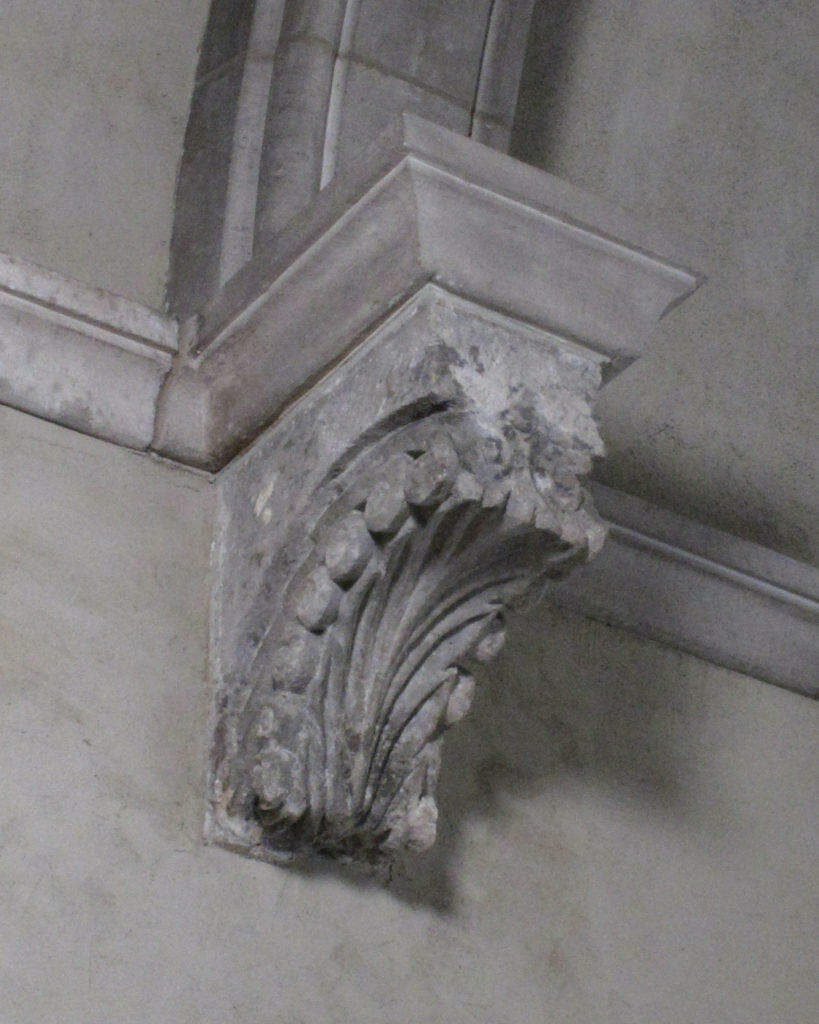
Limestone Corbel © Public domain
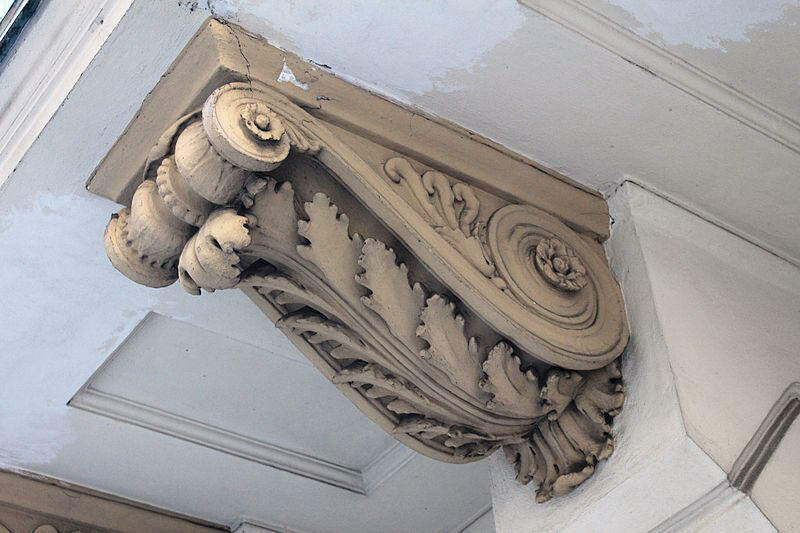
Wooden carved and painted Corbel © Public domain
At Dagnam there are other clues to the historic estate that have been discovered, including part of a walled garden and also, a medieval road running along the eastern perimeter of the site—so if you visit, do keep a look out!
